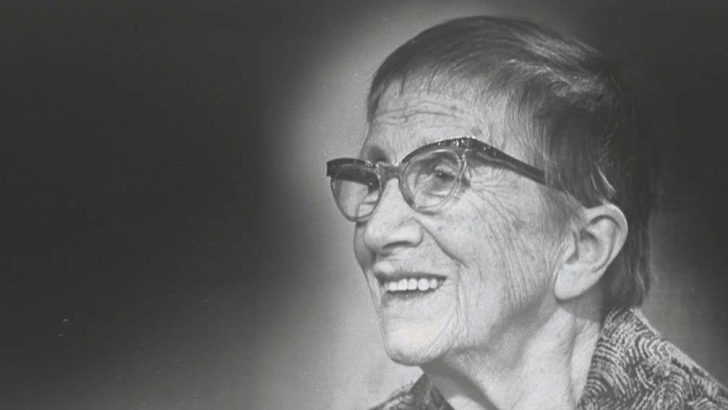On Dangerous Ground: A Memoir of the Irish Revolution by Máire Comerford Hilary Dully (The Lilliput Press, Dublin, €20.00)
This is a fascinating diary written by a republican ‘true believer’. From 1916 until her death in 1982, Máire Comerford was totally committed to the struggle for independence as understood by many of those elected to the first Dáil.
Máire was born on June 29, 1893 at Rathdrum, Co. Wicklow. She was educated at two convent schools, and a secretarial college in London. On returning to Ireland she was engaged in the co-operative movement in Co. Wexford and in assisting Belgian refugees following the outbreak of World War I.
She was visiting relatives in Dublin during Easter Week 1916. What she witnessed then and in its aftermath, had a profound effect on her and directed the course of the rest of her life. She joined the Wexford branch of Sinn Féin in 1916 and Cumann na mBan the following year.
Máire was employed by the historian Alice Stopford Green in 1918, the author of Irish Nationality. She was the widow of Richard Green, the British author of A Short History of the English People, from which he left out all the battles, remarking rightly enough, that historians “too often turned history into a mere record of the butchery of men by their fellow men.”
Working for Mrs Green she met most of the nationalist leaders of the time and was involved in providing assistance to dependants of those who took part in the Rising.
After leaving Mrs Green’s employment she became fully engaged in campaigning for Sinn Féin in elections. And during the War of Independence (1919-1921) she organised Cumann na mBan branches throughout the country, carried dispatches for the IRA’s Fourth Northern Division and reported Black and Tan atrocities.
Opposed
Máire was opposed to the Anglo-Irish Treaty, as she did not wish any change from the Republic established by the 1916 Proclamation. She was actively involved in the Civil War, carrying dispatches between the Anti-Treaty forces in the Four Courts and the IRA’s Dublin Brigade and later acted as a courier to IRA units in various parts of the country.
She was arrested and imprisoned, spending time in Mountjoy Jail and in Kilmainham Jail and she went on hunger-strike on two occasions. After the defeat of the Anti-Treaty forces she continued to support Sinn Féin. Éamon de Valera then sent her on a fundraising campaign to the US. On her return to Ireland she settled in Wexford and eked out a paltry existence on a poultry farm.
Máire was appointed to the Irish Press in 1935, where she worked as editor of the ‘Women’s Page’. Her enthusiasm for ‘The Republic’ was in no way dimmed and she continued to write for the IRA’s War News through the 1930s. She also remained politically active through her involvement with the Anti-Partition League and the Mansion House Committee.
She retired as a full-time journalist in 1964 to compile a book on the republican movement and she published The First Dáil in 1969. She continued her republican activities and was before the courts in 1976 for attendance at a banned Sinn Féin rally in Dublin.
Chief merit
The chief merit of Máire’s diary is the light it sheds on some remarkable, albeit non-central, figures from the revolutionary period. Among them there is her employer – Mrs Alice Stopford-Green.
At the other end of the spectrum was Albina Broderick/Gobnait Ní Bruadair, daughter of the Eighth Viscount Midleton, whose guilt at the long-suffering of the Irish poor saw her throw in her lot with the republicans, join Cumann na mBan, set up a hospital in south Co. Kerry and eventually sit as a representative of Sinn Féin in Kerry County Council.
Máire was a lifelong friend and supporter of Dom John Francis Sweetman OSB, another remarkable figure of that period. He had served as a chaplain in the Boer War. On his return to Ireland he established an admired school, Mount St Benedict’s, near Gorey.
Máire helped him in running the establishment. Eventually it was closed by Bishop Codd “because it had become a hotbed of republicanism” and Dom Sweetman was transferred to an appointment in Liverpool. Before she died on December 15, 1982 Máire arranged to be buried next to the monk on the grounds of their former school.
Hers was a republicanism that was a true faith, a creed that for her and many others was neither popular or profitable in the long run.


 Máire Comerford, an embattled Republican in old age.
Máire Comerford, an embattled Republican in old age. 